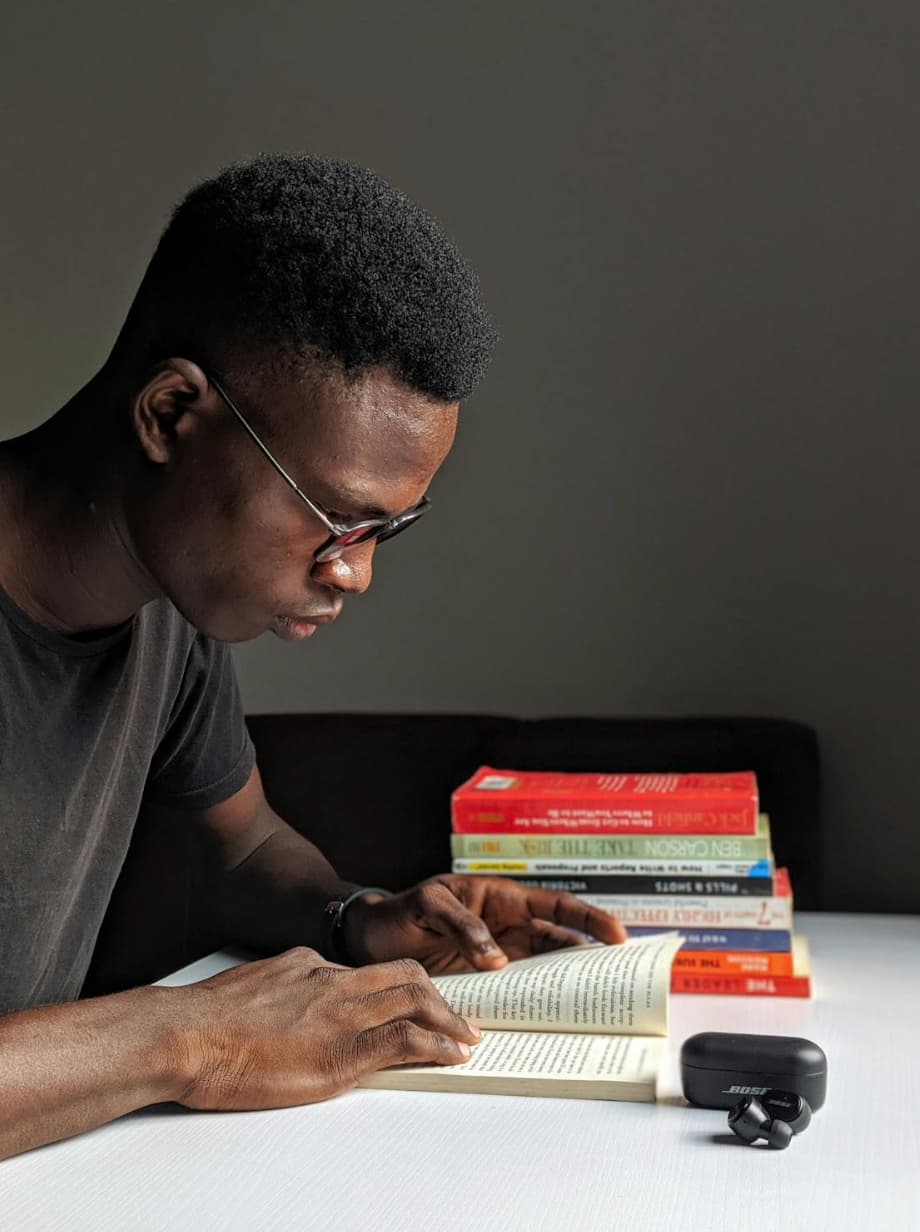
Memory is often perceived as a storehouse of facts, dates, and experiences, but it is also deeply colored by emotion, perception, and imagination. Beauty—whether found in art, nature, relationships, or ideas—has a unique ability to shape how we remember. In both personal reflections and collective cultural narratives, beauty serves not only as a point of recall but also as a transformative lens that elevates and reinterprets memory. If you’re researching this topic for a graduate thesis or academic project, https://memoire-expert.com/memoire-master/ offers helpful resources and expert support. This article explores how the aesthetic dimension of beauty influences memory and how this interplay enriches both personal identity and shared cultural heritage.
Beauty and Personal Memory: More Than Just Sentiment
Personal memories are rarely objective or neutral; they are deeply aestheticized. A single flower from childhood, the sunlit walls of a family home, or the haunting melody of a song can bring back waves of feeling and detail that seem disproportionately vivid. These memories endure not merely because they are significant in a factual sense but because they are beautiful. Beauty, in this context, acts as a mnemonic enhancer—something that helps us recall and emotionally relive an experience.
In psychological studies, emotionally charged and aesthetically pleasing events are more likely to be remembered than neutral or mundane ones. A wedding, for instance, is remembered not only because of its personal significance but because of the sensory beauty it typically involves—elegant clothing, floral arrangements, music, and ceremonial decor. This aesthetic layering amplifies memory, rendering it more durable and emotionally resonant.
Aesthetic Framing in Cultural Memory
The connection between beauty and memory extends far beyond the personal. Societies use aesthetics—through art, architecture, literature, music, and ritual—to encode and preserve their collective memories. This is visible in everything from national monuments to traditional dances, from religious ceremonies to oral storytelling. Each of these cultural artifacts uses beauty as a conduit for remembrance.
Consider the architectural grandeur of memorials like the Taj Mahal or the Vietnam Veterans Memorial. Their form and aesthetic choices—symmetry, material, inscriptions—are not accidental but are designed to evoke a sense of reverence, grief, and memory. In doing so, beauty becomes an instrument of cultural continuity, shaping how generations remember and honor their past.
Similarly, literature often employs poetic language and evocative imagery to transform historical or autobiographical events into emotionally resonant narratives. Writers like Marcel Proust, who famously explored involuntary memory through the taste of a madeleine cake, exemplify how beauty—in this case, literary beauty—unlocks layers of memory that might otherwise remain dormant or forgotten.
Beauty as a Form of Resistance and Healing
In traumatic contexts, beauty also serves as a form of resistance and healing. Marginalized communities often use art and aesthetics to reclaim their histories and express memories that have been suppressed or erased. For example, African American quilting traditions, indigenous oral histories, and protest murals are not only visually compelling but also politically and emotionally charged sites of memory.
These forms of beautiful expression provide alternative ways of remembering and narrating the past, often challenging official histories. They allow communities to preserve dignity, foster solidarity, and make sense of pain. In such contexts, beauty becomes a language of survival—a way of asserting identity and humanity through the aesthetics of remembrance.
The Subjectivity of Beauty and the Fluidity of Memory
It is also important to recognize that beauty is subjective and culturally constructed, just as memory is selective and fluid. What one person or culture finds beautiful may not resonate in the same way elsewhere. Similarly, the same memory may be recalled differently depending on emotional states, context, or the passage of time.
This subjectivity adds complexity to the relationship between beauty and memory. It suggests that aesthetic elements do not merely preserve memory—they reshape it. Over time, we may embellish, romanticize, or simplify memories, not necessarily to deceive ourselves but to make sense of them in a way that feels meaningful. Beauty, then, is not just an ornament to memory—it is one of its architects.
Conclusion: Toward a Poetic Understanding of Memory
The intersection of beauty and memory invites us to move beyond a strictly scientific or factual understanding of how we remember. Instead, it calls for a more poetic and humanistic approach—one that acknowledges the emotional and aesthetic dimensions of memory. Whether through personal nostalgia, cultural storytelling, or collective commemoration, beauty enhances our capacity to remember, understand, and even transcend our experiences.
In the context of academic inquiry or a master’s thesis, exploring the aesthetics of memory offers fertile ground for interdisciplinary work, drawing from psychology, philosophy, art history, and cultural studies. It challenges us to ask not just what we remember, but how and why we remember—and to recognize beauty as a powerful force in shaping the stories we tell ourselves and each other.



